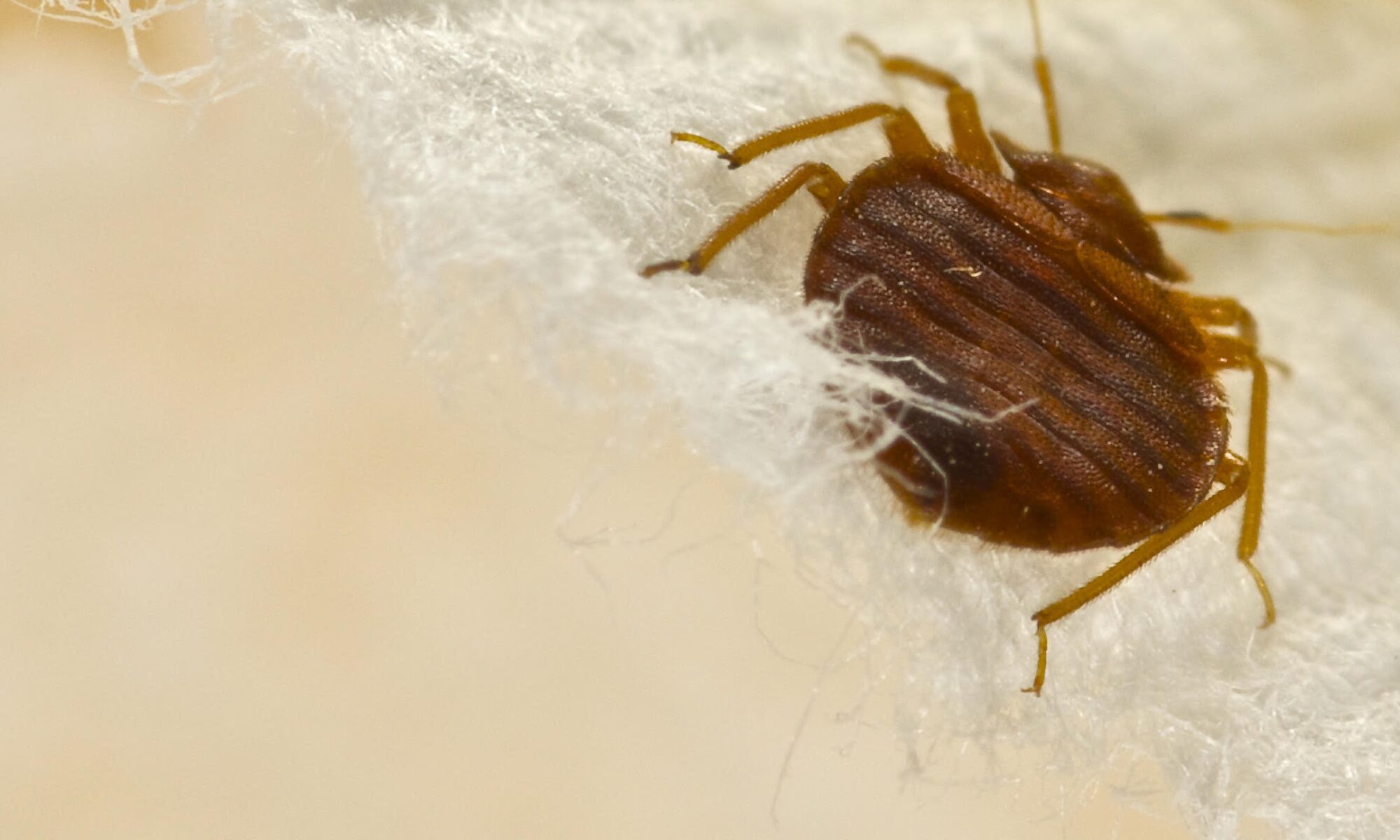Bedbugs have long been a nuisance for humans, infesting homes, hotels, and other dwellings. These tiny blood-sucking pests are not only a source of discomfort and distress but also pose a challenge when it comes to effective control measures. Traditional methods like chemical insecticides often raise concerns about their environmental impact and health hazards. However, a sustainable and efficient solution called heat treatment has emerged as an eco-friendly alternative to tackle bedbug infestations. In this blog, we will explore the benefits of heat treatment and its potential as a sustainable approach for bedbug control.
The Rising Challenge of Bedbug Infestations:
Bedbugs (Cimex lectularius) have become a significant problem worldwide due to increased travel, urbanization, and pesticide resistance. These insects can cause itchy bites, allergies, sleep disturbances, and psychological distress. Bedbugs are notorious for their ability to hide in various crevices, making eradication difficult. Additionally, their resistance to many chemical insecticides has further complicated the control process.
The Environmental Impact of Traditional Control Methods:
Traditional methods of bedbug control often involve the use of chemical insecticides. While they can be effective to some extent, they come with several drawbacks. Prolonged use of chemical treatments can lead to the development of pesticide-resistant bedbug populations. Furthermore, the environmental impact of these chemicals can be detrimental to human health, pets, and beneficial insects. They can contaminate air, water, and soil, and pose risks to ecosystems and biodiversity.
Heat Treatment: A Sustainable Solution for Bedbug Control:
Heat treatment, also known as thermal remediation, has gained popularity as an environmentally friendly alternative to chemical insecticides. This method involves raising the temperature of the infested area to a level lethal to bedbugs, typically between 120°F (49°C) and 140°F (60°C). The sustained heat penetrates furniture, mattresses, and other hiding places, effectively eliminating bedbugs in all life stages, including eggs, nymphs, and adults.
Advantages of Heat Treatment:
- Effective Eradication: Heat treatment has been proven to be highly effective in eliminating bedbug infestations. The controlled application of heat ensures that all areas where bedbugs may be hiding are heated to the required temperature, leaving no safe havens for the pests to survive.
- Eco-Friendly Approach: Unlike chemical insecticides, heat treatment does not involve the use of harmful substances that can harm the environment or human health. It is a sustainable solution that utilizes heat, a natural resource, to eradicate bedbugs.
- Minimal Disruption: Heat treatment is a non-invasive method that requires minimal preparation and cleanup. It eliminates the need for extensive relocation of furniture or the use of plastic covers for mattresses, as is often required with chemical treatments.
- Prevention of Pesticide Resistance: Since heat treatment does not involve the use of chemicals, it eliminates the risk of bedbugs developing resistance to insecticides. This is particularly important considering the increasing prevalence of pesticide-resistant bedbug populations.
Professional Heat Treatment Services:
Heat treatment for bedbug control is best carried out by trained professionals who have the necessary equipment and expertise. Professional pest control companies employ specialized heating systems that evenly distribute heat throughout the infested area, ensuring complete eradication. It is crucial to choose reputable service providers who follow industry best practices for safety and effectiveness.
Conclusion:
As the need for sustainable pest control solutions grows, heat treatment has emerged as an effective and environmentally friendly method to combat bedbug infestations. By utilizing heat to eliminate bedbugs, this approach minimizes the use of chemical insecticides, reduces the risk of pesticide resistance, and leaves no harmful residues. If you are dealing with a bedbug problem, consider exploring heat treatment as a sustainable solution that prioritizes both effectiveness and the well-being of the environment.
References:
- Potter, M. F. (2011). The history of bed bug management—with lessons from the past. American Entomologist, 57(1), 14-25.
- Gondhalekar, A. D., Romero, A., & Potter, M. F. (2016). New insights into the management of bed bugs. Journal of Integrated Pest Management, 7(1), 1-10.
- Kilpinen, O., Jensen, K. M., & Kristensen, M. (2017). Bed bug problems in Denmark, with a European perspective. Pest Management Science, 73(2), 224-229.
- Cooper, R., Wang, C., & Singh, N. (2015). Evaluation of a model community-wide bed bug management program in affordable housing. Pest Management Science, 71(2), 158-163.
- Feldlaufer, M. F., Koehler, P. G., & Pereira, R. M. (2016). Bed bug ecology and control. In Handbook of pest control (pp. 589-615). Mallis Handbook and Technical Training Company.







